This is my way of visualizing the concept of inductor and capacitor.
The way is to visualize potential energy and kinetic energy, and understanding the interaction between these two forms of energy.
- Capacitor is analogous to a spring, and
- Inductor is analogous to a water wheel.
Now see the comparisons.
Spring energy is \$\frac{1}{2}kx^2\$, whereas capacitor energy is \$\frac{1}{2}CV^2\$.
So, capacitance, \$C\$ is analogous to the spring constant, \$k\$.
Capacitance voltage,\$V\$, is analogous to spring displacement, \$x\$.
Electric field across the capacitance is analogous to the force generated across the spring. What happens is that the kinetic energy of electrons are stored in the capacitor as potential energy. The resultant potential energy difference is the voltage which is kind of a pressure in the form of electric field. So, the capacitor always pushes the electrons back because of its potential energy.
Next, the kinetic energy of a water wheel can be expressed as \$\frac{1}{2}I\omega^2\$, where \$I\$ is the moment of inertia and \$\omega\$ is the angular frequency.
Whereas, the energy stored in an inductor is \$\frac{1}{2}Li^2\$, where \$i\$ is the current. Thus, current is analogous to velocity which it is as \$i = \frac{dq}{dt}\$.
When current flows through a wire, the moving electrons create a magnetic field around the wire. For a straight wire, the generated magnetic field will not effect the electrons in that wire or at least can be ignored in most cases. However, if we wind the wires several thousands times such that the generated magnetic field affects the wire electrons themselves, then any change in the velocity will be opposed by the force from the magnetic field. Thus, the overall force, \$F\$, electrons face is expressed by \$\mathbf{F} = q\mathbf{E} + q\mathbf{v} \times \mathbf{B}\$.
The potential energy in a capacitor is stored in the form of electric field, and the kinetic energy in an inductor is stored in the form of magnetic field.
In summary, inductor acts as inertia which reacts against the change in velocity of electrons, and capacitor acts as spring which reacts against the applied force.
Using the above analogies, you can easily find why the phase relationships between voltage and current are different for inductors and capacitors. This analogy also helps to understand energy exchange mechanism between a capacitor and an inductor such as in a LC oscillator.
For further thinking, ask the following questions. How the kinetic energy in a mechanical system is stored? When we are running, where and how is the kinetic energy stored? When we are running, are we creating a field that interacts on our moving body?

